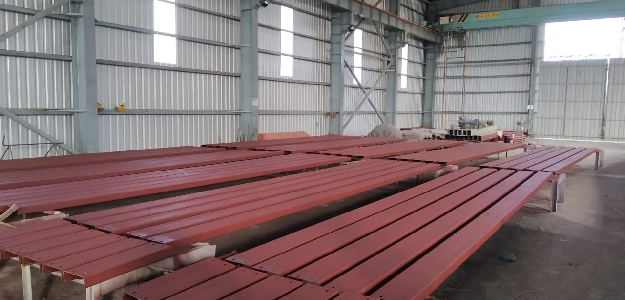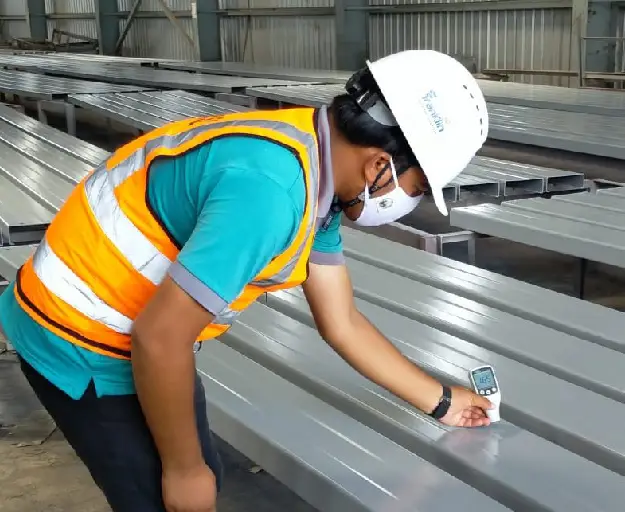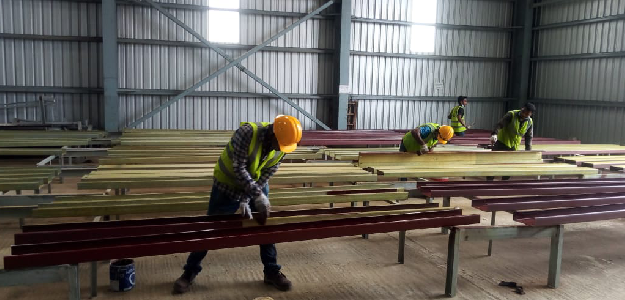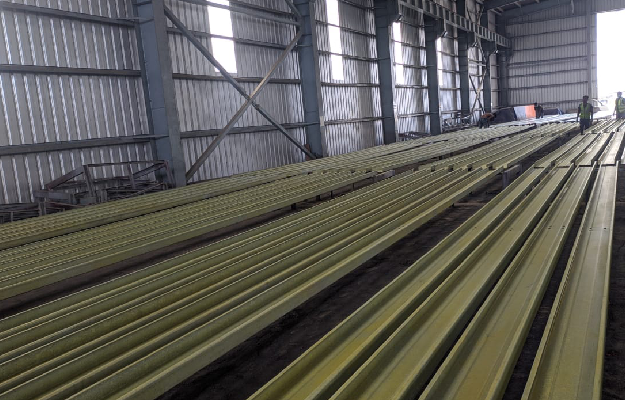Protective Coating
What is Protective Coating?
Protective coating is a layer of material applied on the surface of a substrate to provide protection against various environmental factors, such as corrosion, chemical attack, UV radiation, and abrasion. These coatings are designed to create a barrier between the substrate and the environment, protecting it from damage or degradation. Protective coatings can be applied to a wide range of materials, including metals, concrete, wood, and plastics, and can be used in various industries, such as automotive, aerospace, marine, construction, and oil and gas.


Objective of Protective Coating
The main objective of protective coatings is to enhance the durability and longevity of the substrate. The benefits of protective coatings include:
- Corrosion Protection
- Chemical Resistance
- UV Resistance
- Abrasion Resistance
- Improved Aesthetics
- Reduced Maintenance
There are various types of protective coatings available in the market, such as epoxy coatings, polyurethane coatings, acrylic coatings, and ceramic coatings. Each type of coating has its own unique properties and is designed to provide protection against specific environmental factors. The selection of the appropriate protective coating depends on the type of substrate, the environment, and the specific application requirements.
Types of Protective Coating
There are several types of protective coatings available on the market, each designed to meet specific needs and provide various benefits. Here are some common types of protective coatings:
- Epoxy Coating
- Polyurethane Coating
- Acrylic Coating
- Zinc Coating
- Ceramic Coating
- Silicone Coating
- Alkyd Coating
- Powder Coating
- Chlorinated Rubber Coating
- Vinyl Coating
It is important to choose the right type of protective coating for your specific application to ensure maximum performance and longevity.


Material Used in Protective Coating
The materials used in protective coatings vary depending on the type of coating and the surface it is being applied to. Some common materials used in protective coatings include:
- Epoxy Resins
- Polyurethanes
- Acrylics
- Silicones
- Zinc-rich Coatings
- Ceramic Coatings
- Fluoropolymers
Cost Associated with Protective Coating
The cost associated with protective coating can vary widely depending on factors such as the size and complexity of the project, the type of coating being used, and the preparation work required before the coating can be applied.
Some of the cost factors to consider include:
- Type of coating
- Surface Preparation
- Labor Costs
- Equipment Costs
- Additional Materials


Maintenance of Protective Coating
Maintenance of protective coating is crucial to ensure the longevity and effectiveness of the coating in protecting the substrate. The maintenance requirements of protective coatings depend on several factors such as the type of coating, the type of substrate, and the environmental conditions the coating is exposed to.
Some general maintenance practices for protective coatings include regular cleaning of the surface to remove any dirt or debris, inspection of the coating for signs of damage or wear, and repairing any damaged areas promptly. It is also important to monitor the environmental conditions such as temperature and humidity and make necessary adjustments to prevent any adverse effects on the coating.
In addition to regular cleaning and inspection, periodic reapplication of the coating may be necessary to maintain its protective properties. The frequency of reapplication depends on several factors such as the type of coating, the substrate, the exposure conditions, and the quality of the initial application.
It is recommended to consult with a professional for the
maintenance and repair of protective coatings to ensure that the coating is
properly cared for and provides the desired protection for the substrate.
Proper maintenance of protective coatings can help extend the life of the
coating and the substrate it is protecting, ultimately resulting in cost
savings and improved performance.
